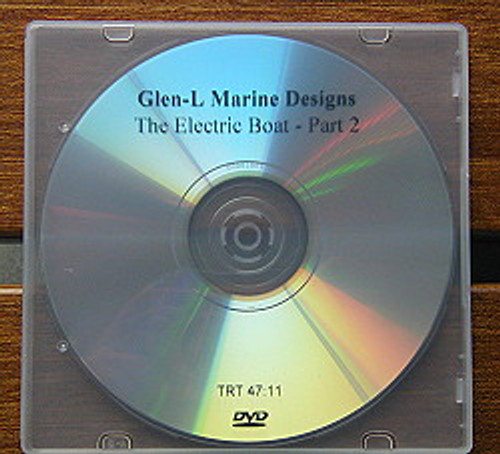Propelling a boat with an electric motor is hardly new. In the late 1800's electric powered boats, some as large as 60', were used to hold grand parties on the Thames River in England.
Electric boating was popularized in the United States when the Electric Launch Co. of New Jersey, or ELCO, built fifty-five 36' forty passenger electric launches for the 1893 Chicago Columbia Exposition. The boats used a 4 hp electric motor driven by three banks of twenty- two batteries each. When the banks were depleted, a switch was made to a fresh bank allowing the launches to travel more than fifty miles. In five and one half months, the electric boats carried more than one million people over 200,000 miles.
Electric powered boats were very popular until about 1910 when the power to weight ratio gave the internal combustion engine the edge. There has, however, been a resurgence of electric powered boats the past few years and the momentum appears to be gaining.
Electric powered boats have definite advantages. They are environmentally friendly, and very quiet; they run with only a whisper of sound. Many waterways, especially small lakes, bar internal combustion motors because of the noise. Electric boats seem to become a part of the environment; wildlife are usually unafraid of these ghost craft.
The Glen-L ELECTRIC DRIVE, or "ED", is a propulsion system that can be retrofitted or built into most boats and was developed to make full use of electric power. The drive utilizes a portion of the lower unit of a used outboard motor with other readily available components, assembled on a plywood mount. The lower unit of the drive projects through the bottom of the boat and pivots for steering; a rudder is not required. The DC electric motor is attached to the mount and drives the prop shaft with vee belts.
ED is best suited for boats of about 20' or less, and can be fitted to most any craft with modifications. The lower unit of the outboard motor can be obtained from local outboard dealers, who ordinarily have motors with unusable power heads. The lower unit from almost any horsepower motor can be used. Our prototype was one salvaged from a 35 hp Evinrude. The size, make, and age is unimportant as long as parts are still readily available. Hopefully, the main components of the lower unit are in good shape, however, seals, gaskets etc. will need to be replaced. An outboard lower unit that uses a 10"-12" diameter prop is satisfactory for most boats. Small lightweight canoes, pirogues, or similar craft that will go through the water with minimal resistance can use smaller prop diameters. Conversely, larger, heavier boats will be more efficient with larger diameter props.
ED comes with complete plans and instructions with patterns for many of the components.
Electric Drive
$53.00 - $79.00






